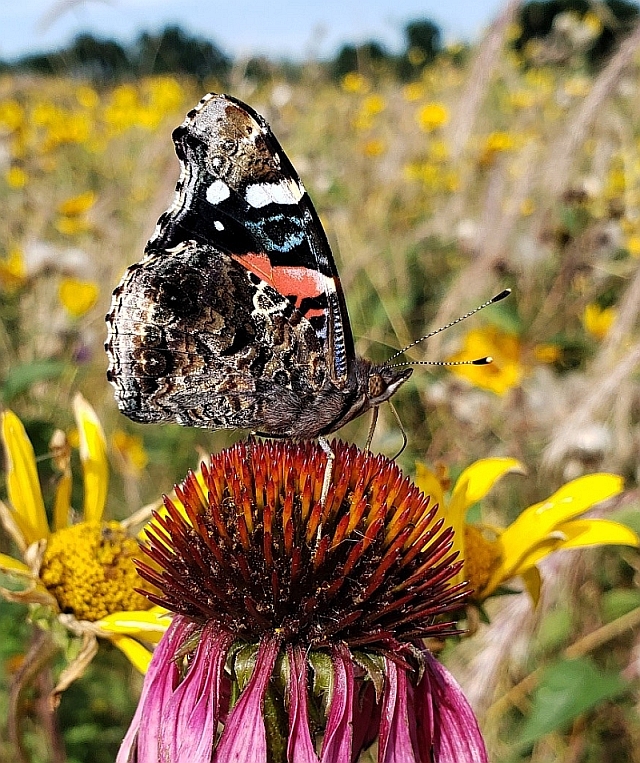Use of botanical gardens as arks for conserving pollinators and plant-pollinator interactions: A case study from the United States Northern Great Plains
DOI:
https://doi.org/10.26786/1920-7603(2022)645Keywords:
Functional diversity, generalized pollination, network analysis, natural areas, pollinator diversity, specialized pollinationAbstract
Botanical gardens have contributed to plant conservation through the maintenance of both living and preserved plant specimens for decades. However, there is still a large gap in the literature about the potential conservation value that botanical gardens could provide to local pollinators. We investigated how plant-pollinator interaction network structure and diversity may differ between botanical gardens and native habitats by sampling and comparing two environments: a restored native grassland patch within a local botanical garden and fifteen native, remnant temperate grassland sites in the Northern Great Plains. We found pollinator diversity within the restored botanical garden’s native grassland patch to be at the high end of the distribution of the remnant temperate grassland sites throughout the entire flowering season. However, plant diversity and network community metrics between the two environments remained similar throughout, except that remnant temperate grasslands have more links (higher connectance) with pollinators than the garden patch. Overall, our findings demonstrate the promising role restored native grassland patches in botanical gardens could play as reservoirs for local pollinator communities by supporting plant-pollinator interactions comparable to those found in native habitat remnants in the same region.

Downloads
Published
How to Cite
Issue
Section
License
Copyright (c) 2022 Isabela B. Vilella-Arnizaut, Diane V. Roeder, Charles B. Fenster

This work is licensed under a Creative Commons Attribution 4.0 International License.
JPE is an open access journal which means that all content is freely available without charge to the user or his/her institution.
Authors who publish with this journal agree to the following terms:
1) Authors retain copyright and grant the journal right of first publication with the work simultaneously licensed under a Creative Commons Attribution License that allows others to share the work with an acknowledgement of the work's authorship and initial publication in this journal.
2) Authors are able to enter into separate, additional contractual arrangements for the non-exclusive distribution of the journal's published version of the work (e.g., post it to an institutional repository or publish it in a book), with an acknowledgement of its initial publication in this journal.
3) Authors are permitted and encouraged to post their work online (e.g., in institutional repositories or on their website) prior to and during the submission process, as it can lead to productive exchanges, as well as earlier and greater citation of published work (See The Effect of Open Access).
To assure a broader targeted audience, content will be included into databases (such as EBSCO) and directories (such as DOAJ).











